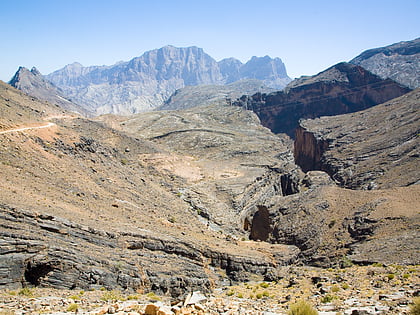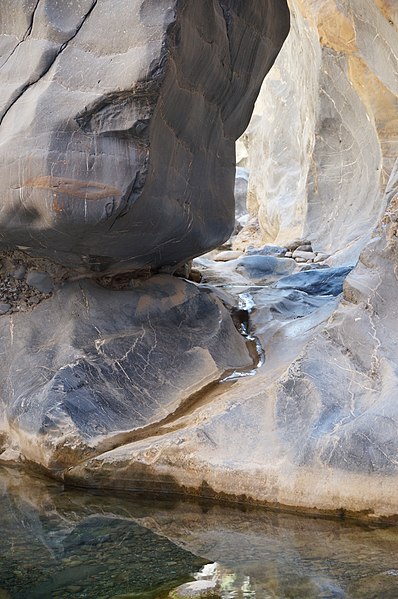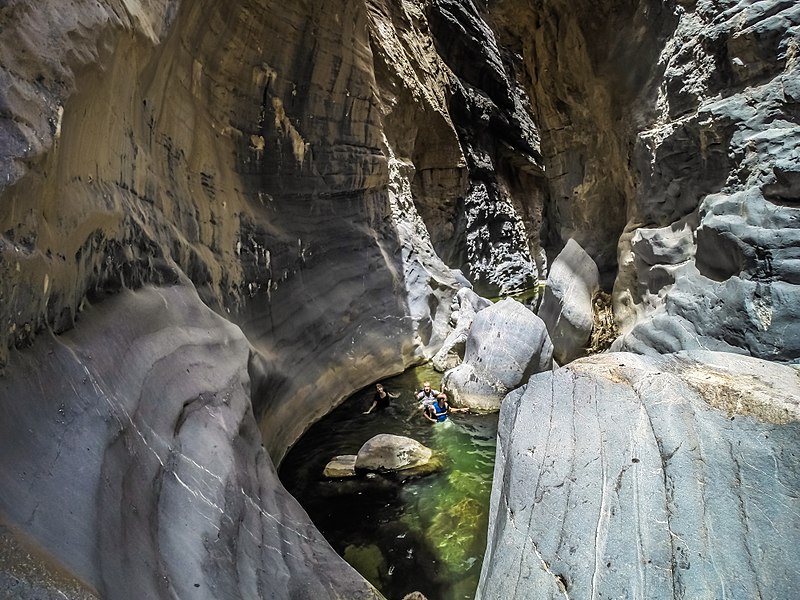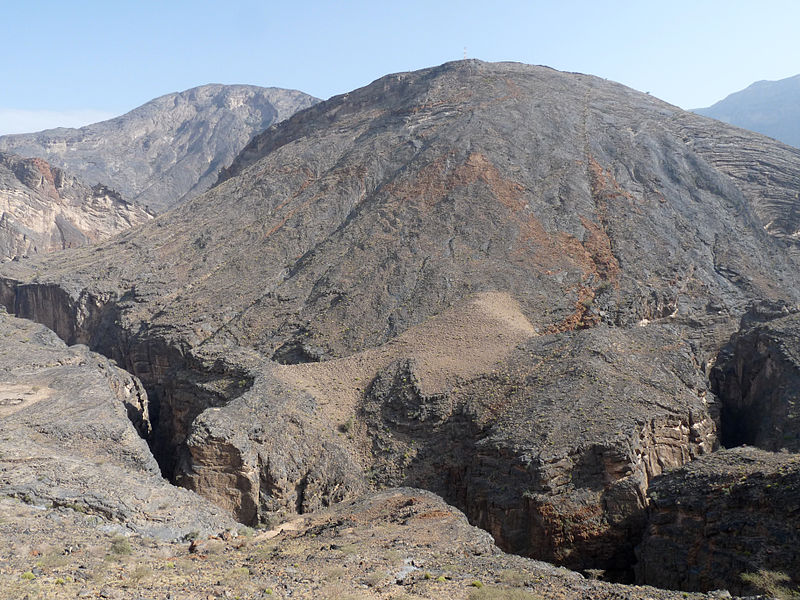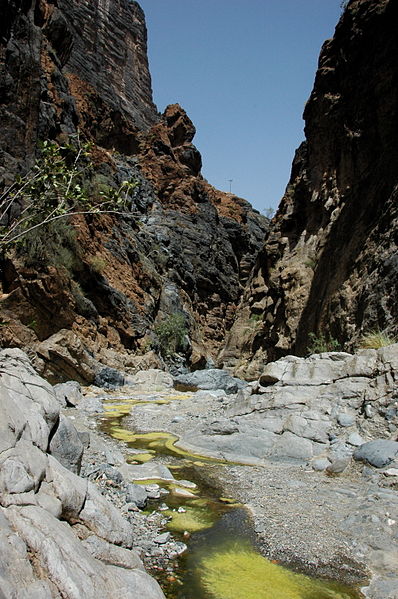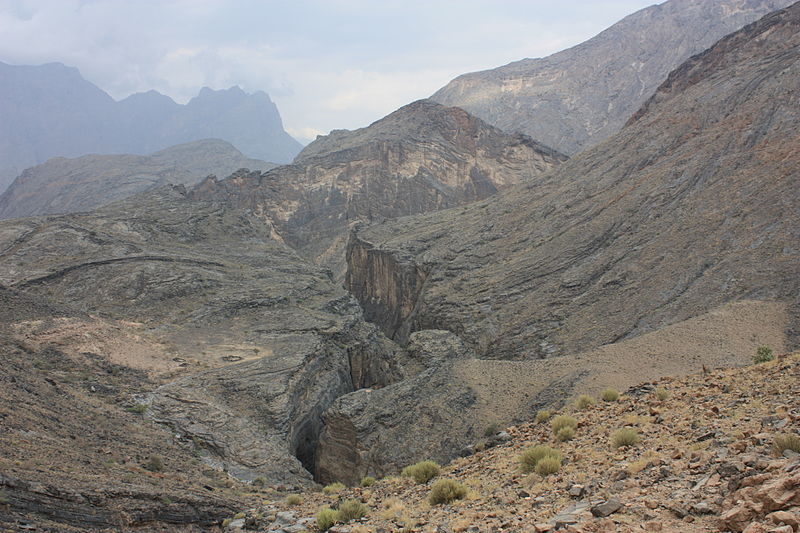Snake Gorge
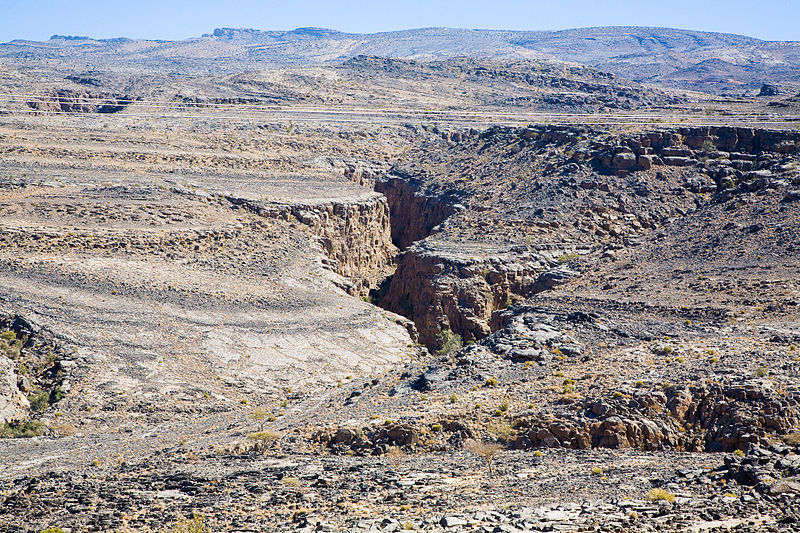
Facts and practical information
Tucked away in the rugged landscape of Oman's Al Hajar Mountains, Snake Gorge, also known as Wadi Bani Awf, offers an adventure unlike any other. This canyon is a natural wonder that provides an unparalleled experience for thrill-seekers and nature enthusiasts alike. With its snaking path, the gorge has earned its serpentine moniker, presenting a challenging and exciting trek through one of Oman's most dramatic landscapes.
The journey through Snake Gorge is not for the faint-hearted. It encompasses a blend of hiking, swimming, and climbing, taking adventurers through narrow passages, deep pools, and hidden caves. The canyon walls rise steeply on either side, creating a cool, shaded path that contrasts with the heat of the Arabian Peninsula.
Measuring approximately 3 kilometers in length, the gorge can be traversed in around three to five hours, depending on the pace and experience of the hikers. Along the way, explorers are treated to the sight of waterfalls cascading into turquoise pools, ancient rock formations, and a diverse array of flora and fauna.
Snake Gorge is part of the larger Wadi Bani Awf area, a valley known for its breathtaking beauty and traditional Omani villages. Access to the gorge requires a guide and, often, a 4WD vehicle to navigate the challenging mountain terrain leading to the site. The best time to visit is from October to April when the weather is cooler and the risk of flash floods is reduced.
Safety is paramount in Snake Gorge, and it is essential that visitors are well-prepared with suitable gear, including helmets, life jackets, and proper footwear. It is also recommended that visitors check weather conditions before embarking on their journey, as the canyon can be dangerous during and after heavy rains.
Ad Dakhliyah
